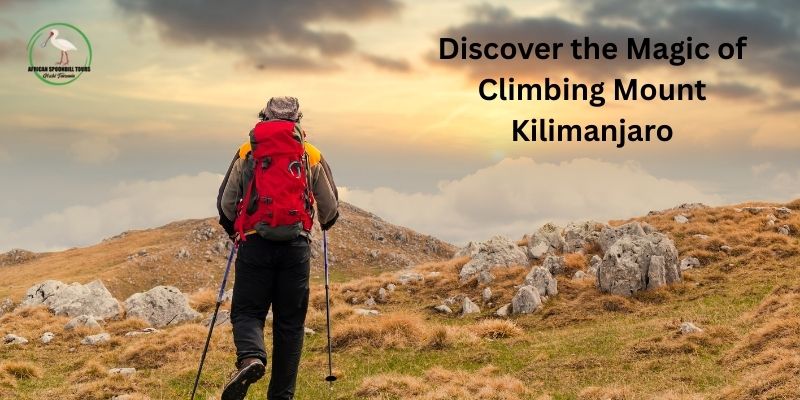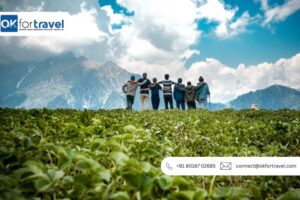Dreaming of standing on the “Roof of Africa”? Few adventures compare to the
thrill of summiting Mount Kilimanjaro. With
kilimanjaro climbing tours,
travelers from all walks of life get the chance to experience this majestic
journey—without needing technical mountaineering skills. But what really
makes Kilimanjaro so special, and why do thousands attempt it each year?
Why Climb Mount Kilimanjaro?
Rising 5,895 meters above sea level, Kilimanjaro is Africa’s tallest peak
and one of the world’s Seven Summits. Unlike Everest or Denali, this climb
doesn’t require ropes, ice axes, or years of training. Instead, it demands
stamina, patience, and a spirit of adventure. That’s what makes it so
appealing—ordinary travelers, not just seasoned climbers, can reach its icy
summit.
According to Tanzania National Parks (TANAPA), over 35,000 people attempt
the mountain annually, with success rates depending heavily on the chosen
route and acclimatization strategy (TANAPA).
Popular Routes to the Summit
Kilimanjaro offers multiple trekking routes, each with unique landscapes and
levels of difficulty. Choosing the right one can make or break your
experience.
- Marangu Route: Known as the “Coca-Cola Route,” it’s
shorter but with lower success rates due to limited acclimatization time. - Machame Route: Popular for its varied scenery, this
“Whiskey Route” offers a good balance of challenge and beauty. - Lemosho Route: Considered one of the most scenic and
successful routes, with longer acclimatization days. - Rongai Route: Approaches from the north, offering a
quieter trail and more solitude.
What to Expect on the Trek
Climbing Kilimanjaro is more than just reaching the summit—it’s a journey
through five distinct ecological zones, from lush rainforests to arctic
glaciers. One day you’re surrounded by monkeys swinging through trees, and
the next you’re crunching ice underfoot beneath a star-studded sky.
Typical Daily Routine
- Wake up to hot tea or coffee in your tent.
- Trek 5–7 hours across rugged landscapes.
- Arrive at camp for a hearty meal and rest.
- Evening briefing and preparation for the next stage.
It’s challenging, yes, but it’s also surprisingly meditative—step after
step, “pole pole” (slowly, slowly, as the guides say), you inch closer to
the summit.
Tips for a Successful Summit
- Acclimatize properly: Opt for routes with 7–8 days to
allow your body to adjust. - Pack smart: Layers are key; temperatures can swing from
25°C at the base to -20°C at the summit. - Stay hydrated: Altitude can dehydrate you faster than you
realize. - Listen to your guides: Their local knowledge and
experience are invaluable.
FAQs on Kilimanjaro Climbing Tours
1. Do I need prior climbing experience?
No technical climbing experience is required. However, good physical
fitness and mental stamina are essential for handling altitude and long
trekking days.
2. When is the best time to climb Kilimanjaro?
The most favorable months are January–March and June–October, when the
weather is more stable and skies are clearer.
3. How difficult is the climb?
While not technical, the trek is physically demanding due to altitude. The
main challenge is acclimatization rather than terrain difficulty.
4. What is the success rate of reaching the summit?
Success rates vary by route, ranging from around 50% on shorter treks to
over 90% on longer, well-paced routes such as Lemosho or Machame.
Final Thoughts
Climbing Kilimanjaro is less about conquering a mountain and more about
discovering your own resilience. With the right preparation, guidance, and a
sense of adventure, anyone can stand proudly at Uhuru Peak and witness the
world from Africa’s highest vantage point. If the mountain is calling—maybe
it’s time to answer.





